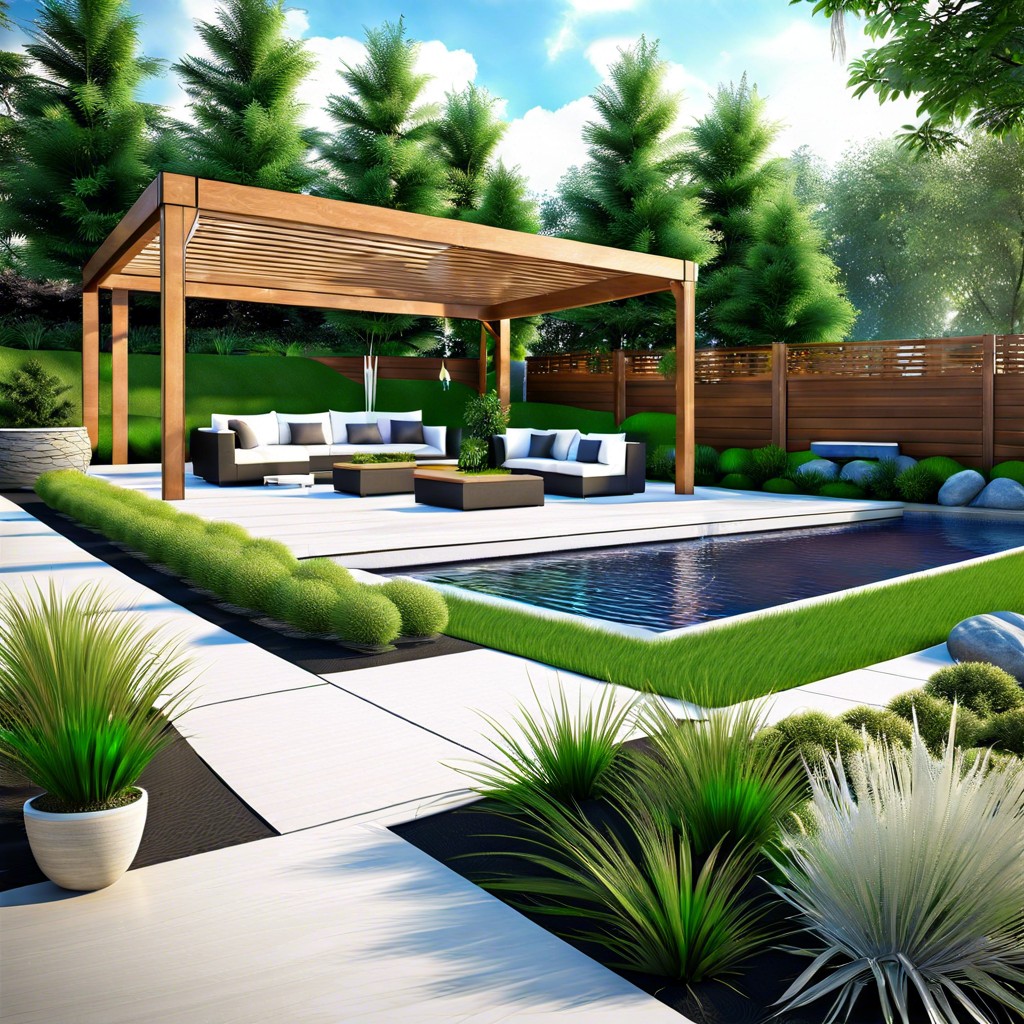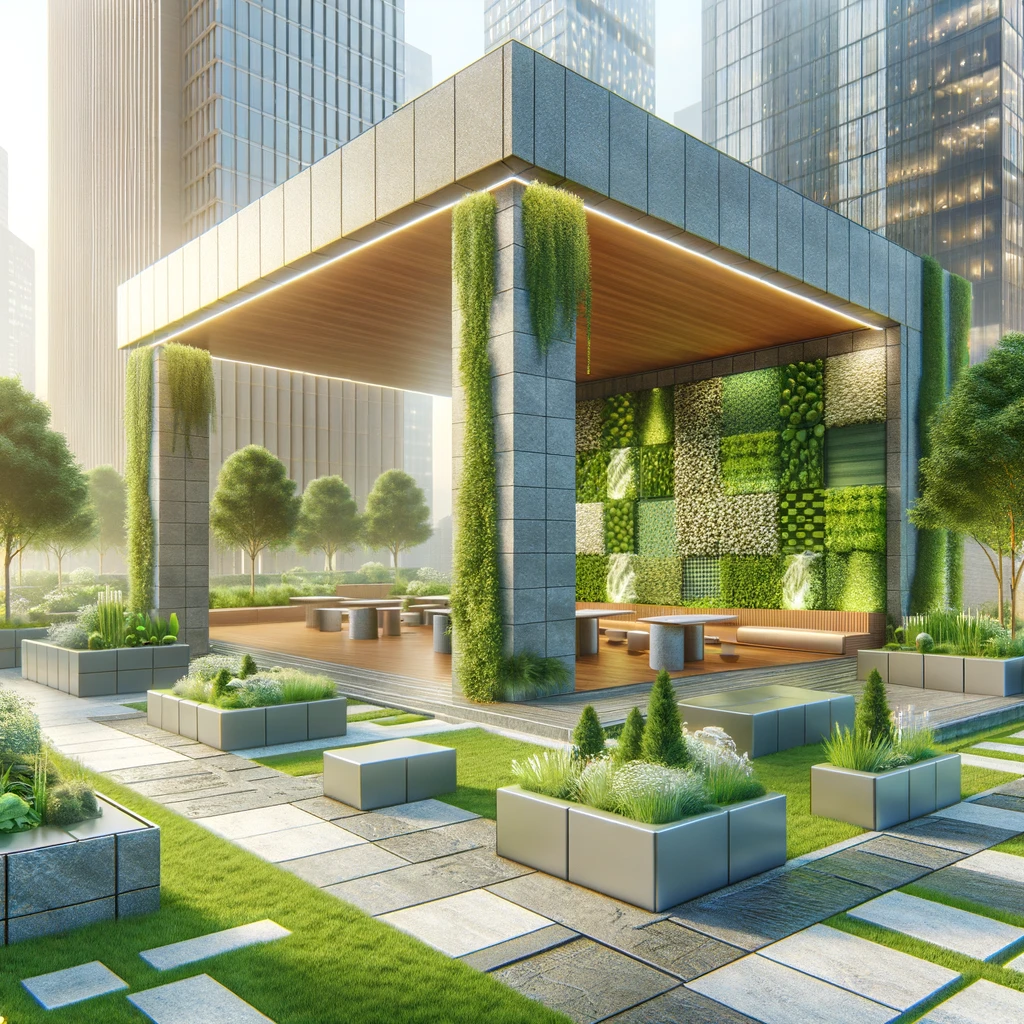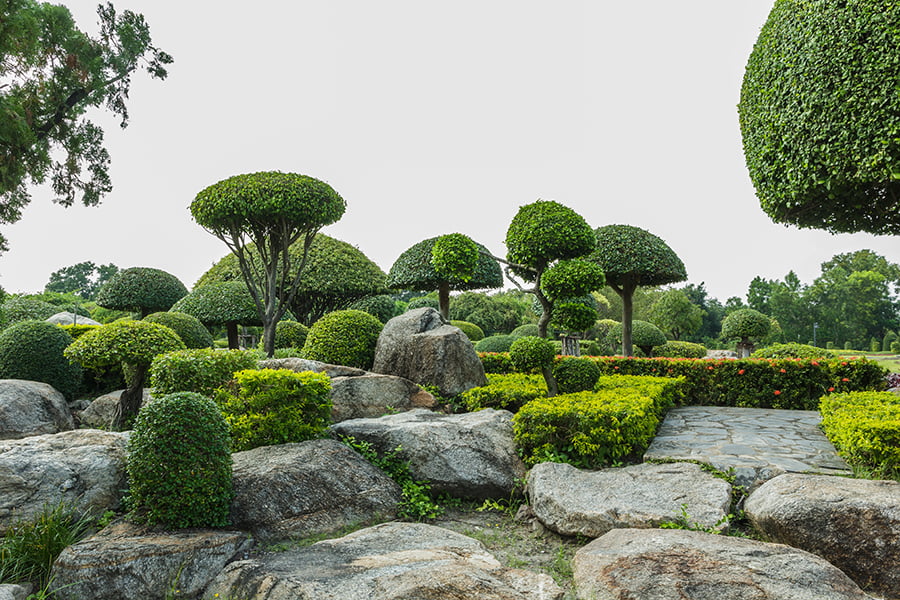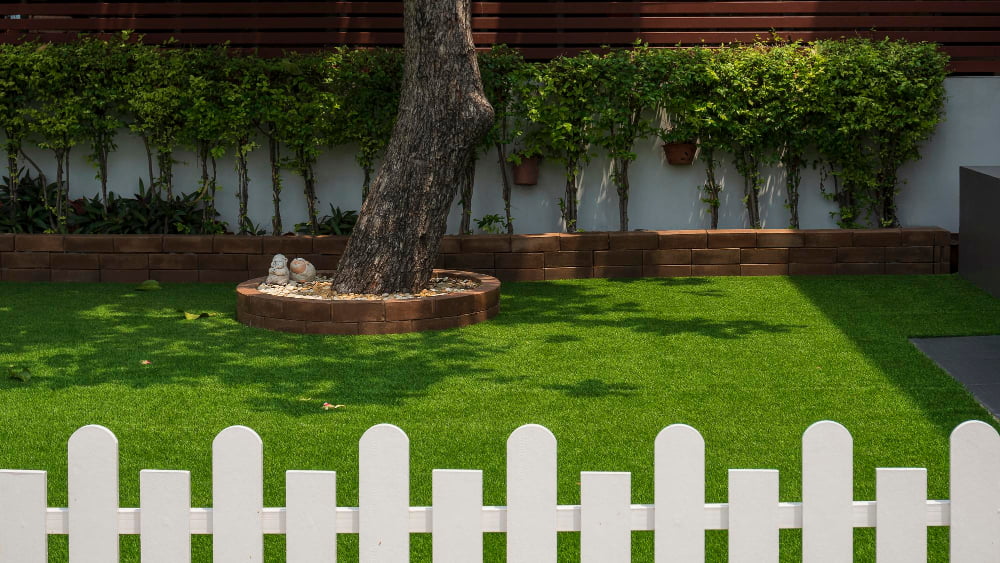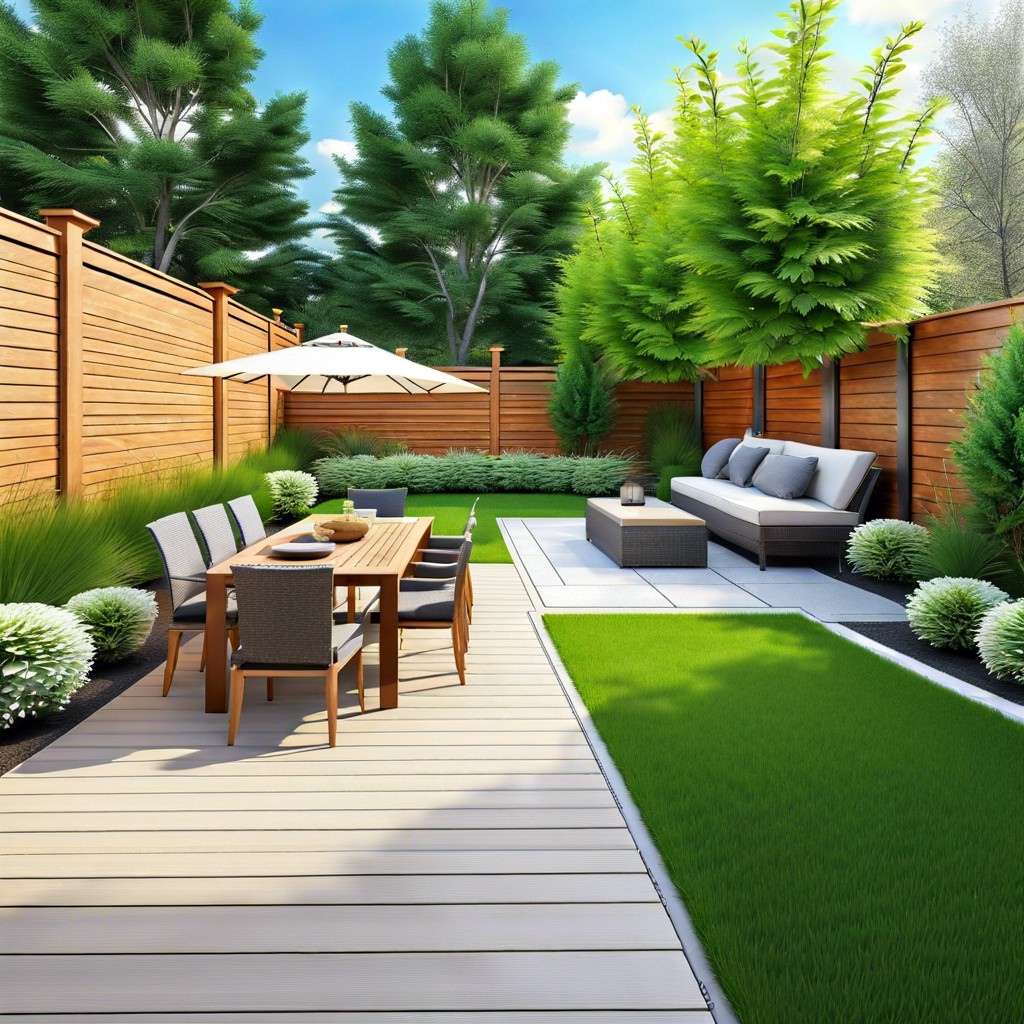Discover the art and science of transforming outdoor spaces through landscaping as we discuss its principles, benefits, and various styles.
Key takeaways:
- Landscaping involves the creative arrangement of plants and structures.
- Benefits include increased property value, energy savings, and improved well-being.
- Hardscaping refers to non-living elements, while softscaping refers to plants.
- Plan your landscaping project by considering space, goals, budget, and design.
- Types of landscaping include residential, commercial, sustainable, and Japanese gardens.
Defining Landscaping
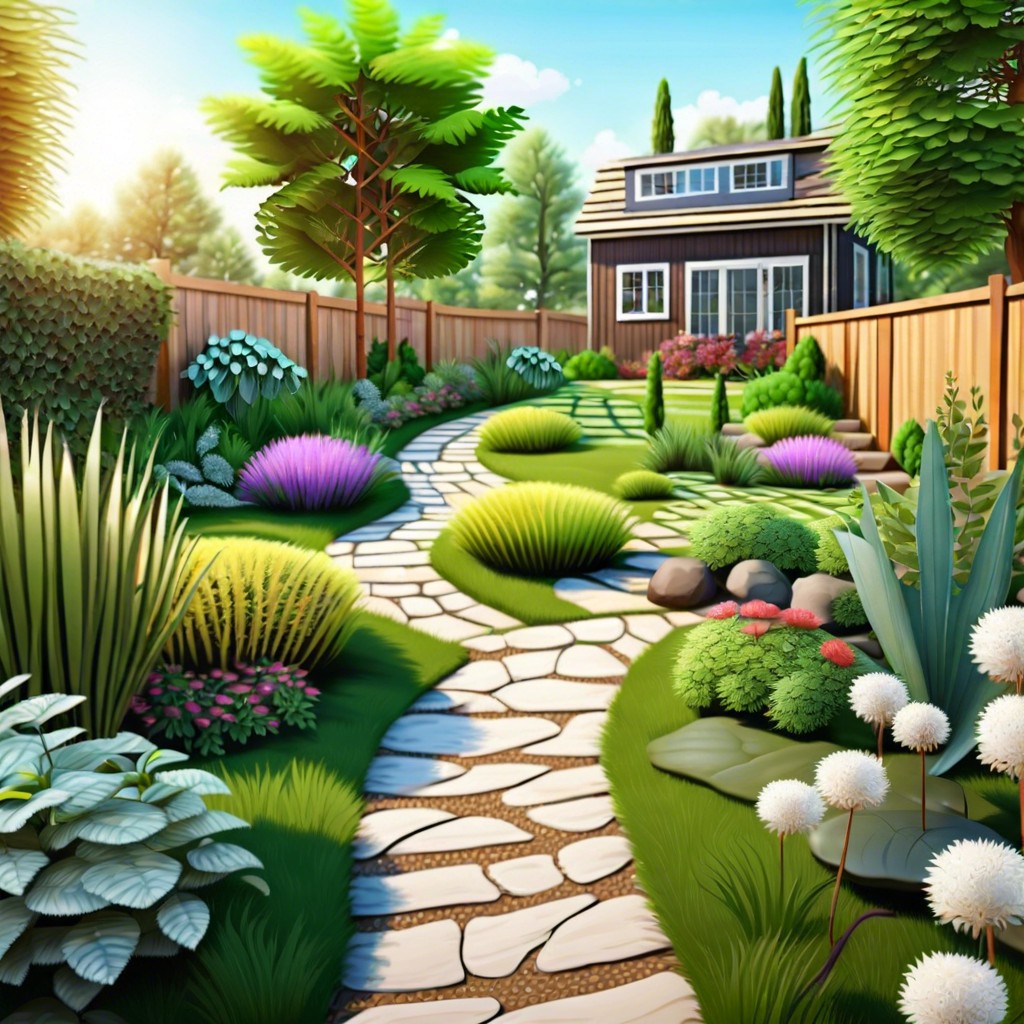
Landscaping encompasses the process of modifying and beautifying the visible features of an outdoor area. At its core, it involves a blend of art and science, requiring a keen eye for design as well as an understanding of the biological and ecological components at play. Here are some points that delve into the concepts behind landscaping:
– The art aspect involves the creative arrangement and coordination of plants, trees, and flowers to enhance aesthetic appeal.
– Scientific principles come into play through knowledge of plant species, soil types, climate considerations, and sustainability practices.
– Landscaping also includes structural features such as patios, decks, and pathways, which are integral to the functionality of the space.
– Effective landscaping doesn’t only focus on the immediate visual appeal but also considers long-term growth and maintenance requirements.
– Professionals in this field use tools ranging from simple shovels and pruners to advanced design software to create harmonious and sustainable outdoor spaces.
Benefits of Landscaping
Landscaping goes beyond simply enhancing the aesthetic appeal of your outdoor space; it offers a multitude of benefits. A well-designed landscape can increase the value of your property, sometimes adding as much as 15 to 20 percent to its market price.
Moreover, thoughtfully placed trees, shrubs, and other greenery can cut down on heating and cooling costs; trees providing shade in the summer and acting as windbreaks during colder months reduce energy consumption significantly.
From an environmental perspective, landscaping plays a vital role in reducing erosion, managing rainwater runoff, and creating habitats for local wildlife. Native plants, especially, are essential for maintaining ecological balance and supporting biodiversity.
Well-landscaped areas also contribute to physical and mental well-being. Green spaces encourage outdoor activity, and studies have shown that people with access to gardens and parks report lower levels of stress. Communities benefit too, as landscaped areas often become gathering places, enhancing the social fabric of the neighborhood.
Lastly, certain landscaping features like xeriscaping can minimize water usage, providing sustainable solutions particularly beneficial in areas with water scarcity. By choosing plants that require less water and implementing efficient irrigation systems, homeowners can conserve water and reduce their environmental footprint.
In essence, the impact of landscaping extends far beyond the visual; it positively affects our wallets, our health, and our planet.
Understanding Hardscaping Vs. Softscaping
When diving into the world of landscaping, it’s essential to distinguish between two key elements: hard and soft. Hardscaping involves the inanimate materials in your garden; think of things like stone pathways, retaining walls, patios, decks, and even outdoor kitchens. These are the non-living features that give structure and organization to your outdoor space.
On the other side of the coin, softscaping is all about the living, horticultural aspects of your yard. This includes your grass, trees, shrubs, flowers—basically any plant life. Softscaping can change and evolve with the seasons, giving you a dynamic garden that grows and thrives over time.
The balance of hardscape and softscape elements sets the tone for your garden. A dominance of hardscaping can lend a sleek, modern feel, whereas softscaping can create a more natural and organic look. Most stunning landscapes manage to find that sweet spot—a harmonious blend where the greenery softens the hard edges, and the solid structures provide a stage upon which the botanical players can perform.
Planning Your Landscaping Project
Embarking on a landscaping project can be an exciting endeavor, transforming your outdoor space into a reflection of your personal style and desires. Before you start, consider these pivotal factors:
Firstly, evaluate your available space and its inherent attributes such as soil type, topography, and climate. Understand how these factors could influence the choice of plants and design elements.
Next, set clear objectives. Are you aiming for improved curb appeal, a space for entertainment, or perhaps a serene retreat? Your goals will guide the design process.
Budgeting is crucial. Itemize costs for materials, plants, and labor if you’re hiring professional help. Factor in ongoing maintenance expenses to ensure sustainability of the project.
Design inspiration can be gleaned from various sources, such as garden magazines, online resources, or local parks. While drawing ideas, ensure they harmonize with the style of your home for a cohesive look.
Lastly, consider the long-term growth and maintenance of your plants and design elements. Choose plants with growth habits and maintenance requirements that fit your lifestyle and the time you can devote to garden care.
Types of Landscaping
Landscaping can manifest in various forms, each with its distinct characteristics and purposes. Residential landscaping involves creating a welcoming and functional outdoor space for homeowners, often focusing on aesthetic appeal and personal enjoyment. Here, you might find lush lawns, flower beds, and cozy patios.
In contrast, commercial landscaping tends to prioritize maintenance, durability, and public usage, with designs that often incorporate larger green spaces, paved pathways, and seating areas for commercial properties like office buildings or shopping centers.
Sustainable landscaping is gaining traction among eco-conscious individuals. This approach utilizes drought-tolerant plants, efficient irrigation systems, and materials that are friendly to the local ecosystem to reduce environmental impact.
Xeriscaping, a subset of sustainable landscaping, specifically targets water conservation. It typically features drought-resistant plants and minimalist designs that require minimal irrigation, making it ideal for arid climates.
Japanese garden design brings a touch of Zen, emphasizing balance, harmony, and a natural look. It’s characterized by elements such as koi ponds, rock gardens, and carefully pruned trees that evoke a sense of peace and tranquility.
For those looking to grow their own food or flowers, edible and ornamental gardening provide a blend of beauty and utility. These gardens can range from raised vegetable beds and herb gardens to flower gardens that offer vibrant colors and textures throughout the seasons.
Each type of landscaping serves different needs and preferences, making it essential to choose the right style that resonates with your vision for the space and the practical considerations of maintenance and climate.
